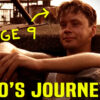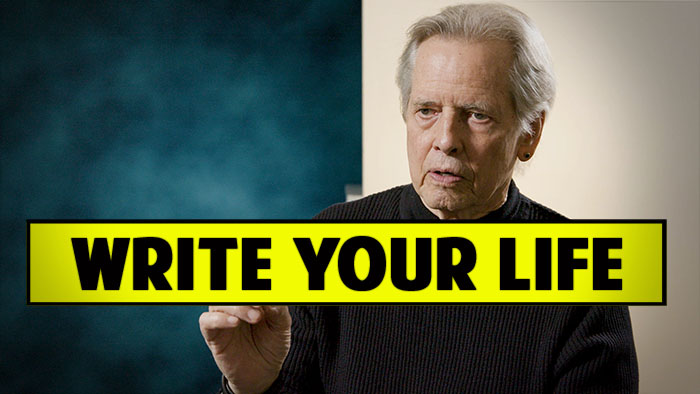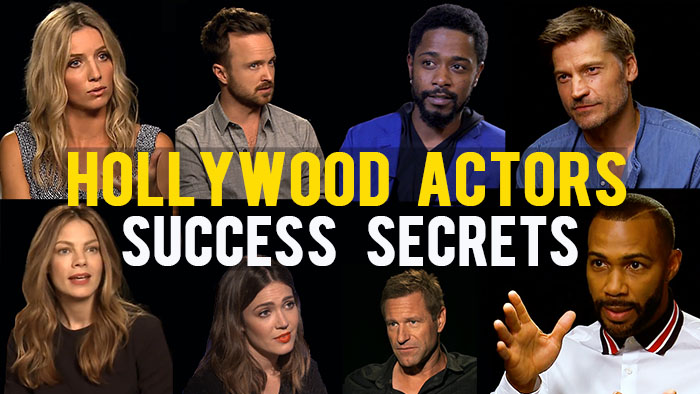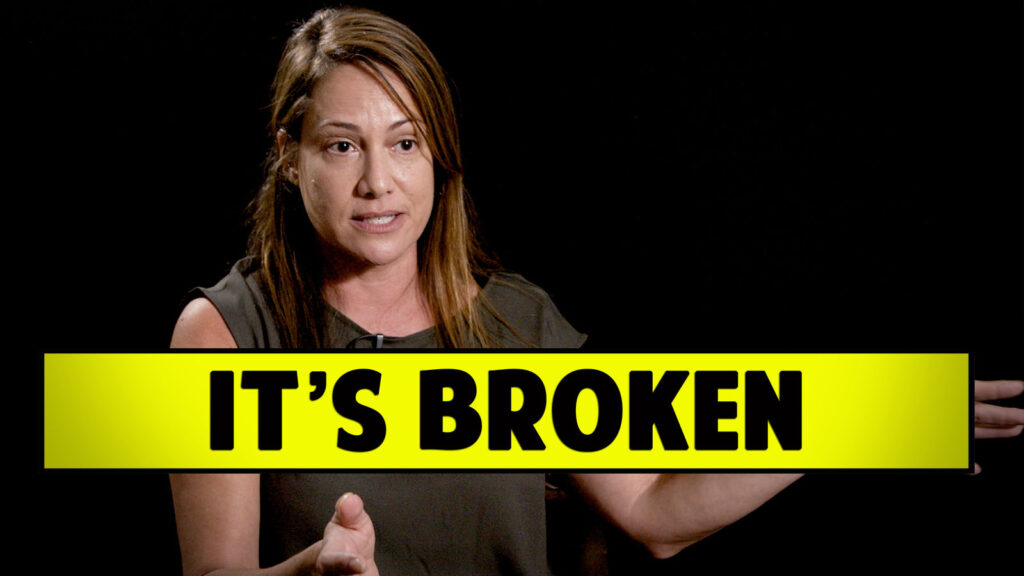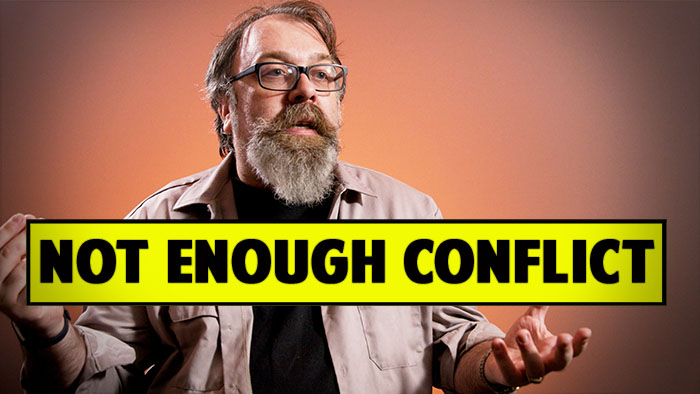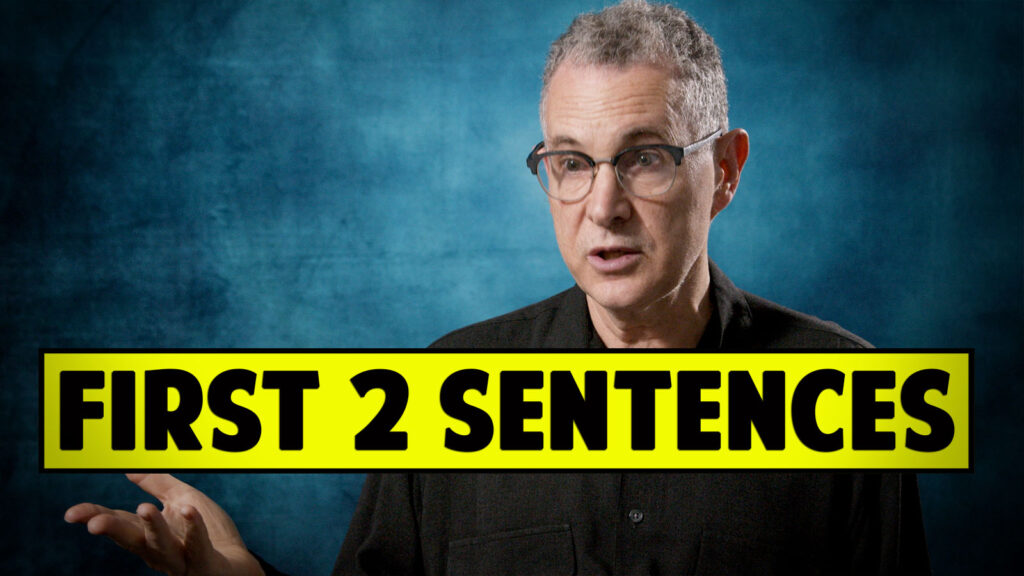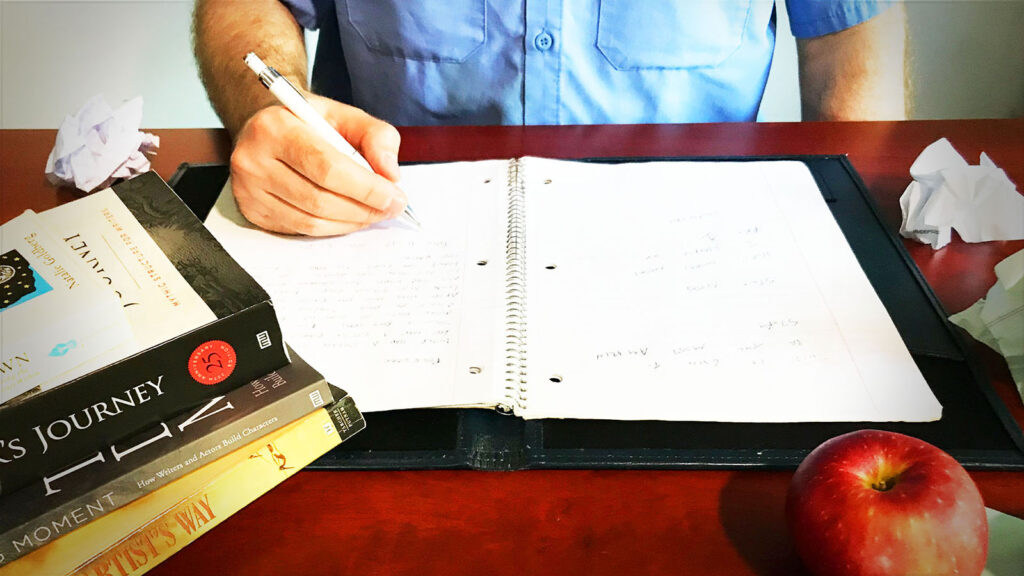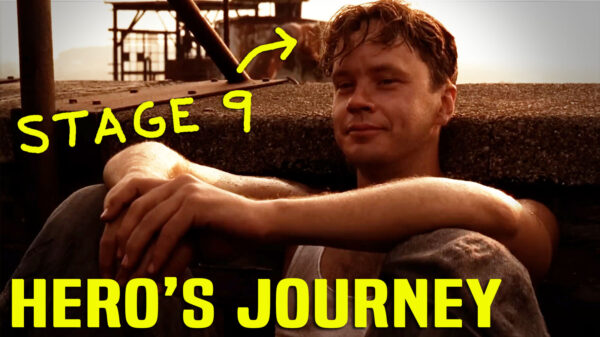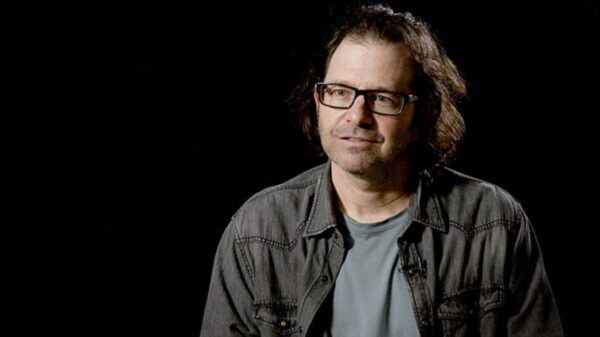
LISA KLEIN AND DOUG BLUSH – FILMMAKERS
The new feature documentary OF TWO MINDS is an intimate, stigma-shattering portrait of people living with bipolar disorder, and is the work of award winning editor Doug Blush (WORDPLAY, IOUSA, SUPERHEROES, THE INVISIBLE WAR) and writer Lisa Klein, who are partners both in filmmaking and marriage. This is a hers-and-his account of the birth, production and future of OF TWO MINDS.

LISA:
On Mother’s Day 2008 I was reading the New York Times and was struck by an article in the Style section that profiled Philadelphia Weekly journalist Liz Spikol. Liz also has a blog entitled The Trouble with Spikol where she features issues dealing with mental illness. She is a strong mental health advocate in her community and she struggles with bipolar disorder herself. I was very taken with her story.
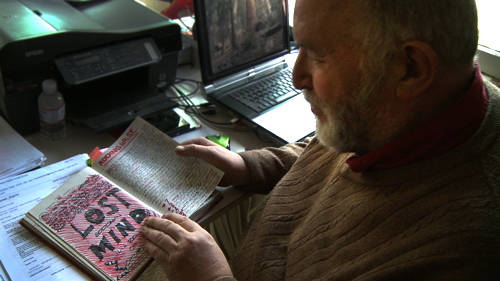
As a documentary filmmaker I have always been drawn to the subject of mental illness, but because it is so intricately woven into my family’s DNA, it was a little too close to the bone. My sister Tina was diagnosed with manic depression (now referred to as bipolar disorder) in the late 1980’s and I was there through the manic highs and the debilitating lows. She fought hard for years to manage it, through two master’s degrees, a social work practice and raising a son, but after a long battle she finally succumbed to the disease. Tina died in 1994 and I will never know if she meant to take her life or if she just wanted the pain to end. After reading the New York Times article, I decided it was time for us to shed some light on this important yet often misunderstood issue.
DOUG:
I’ve been very lucky to work on documentaries that run the gamut from quirky character studies to intensive journalistic investigations of the injustices of our times. When Lisa proposed doing an in-depth look at bipolar disorder, we both knew it would be an enormous subject that could easily be ten different movies, each covering a different aspect of the disease or taking on a different cause or advocacy standpoint. The key was to find a focus for the film, and we were fortunate that this focus became the stories of real people dealing with all the facets of bipolar in their everyday lives…their jobs, their families, their loves and losses.
The astonishing thing that we found everywhere, and that makes the film so important in our view, is that everyone in America has at most one degree of separation to bipolar disorder…EVERYONE knows someone who is dealing with it. So many people have faced it as a closed closet door, a condition to be talked about in whispers…and yet it’s all around us.
LISA:
I spent about a year reading everything I could find on bipolar disorder. I even tried getting through the DSM IV (Diagnostics and Statistics Manual – the mental health bible for some), but skimming over its thousands of pages, I realized I might spend a year reading just that book. What helped to shape the film much more were personal narratives of bipolar life, including Kay Redfield Jameson’s hauntingly insightful AN UNQUIET MIND, Terri Cheney’s harrowing and touching MANIC and Marya Hornbacher’s raw and often hilarious account of the illness, MADNESS. In the meantime, we were scouting for subjects – people who were willing to tell their stories and bring us into their emotional worlds.

First, I contacted Liz, the Philadelphia journalist profiled in the Times, who after the article ran was getting called by agents, publishers, filmmakers, and probably potential suitors. I had to make myself stand out somehow and get her to call me back. I simply wrote her an email and told her about my sister and my passion for this project, and that I was not like the others who were banging on her door and eventually she bought it and joined in.
We attended a NAMI (National Alliance on Mental Illness) conference to speak with another potential subject and stumbled upon an artist named Carlton Davis who had written a book called Bipolar Bare. I thumbed through his book and discovered a cavalcade of eccentricities, many of which were brought on by his bipolar disorder. We asked if we could interview him and he said yes. Our goal was to have three main subjects and pepper their stories with a variety of people including psychiatrists, psychologists, other people living with bipolar and their friends and loved ones.
Next, a therapist friend highly recommended a young woman named Cheri who she had met in the midst of a suicidal depression. Cheri works as a stylist in the entertainment industry, and had not yet come out to her high profile clients, fearing the stigma around bipolar could cost her work. She was adamant about wanting to change this attitude in society about bipolar, however. I told her to think it over – “no pressure”, I said, and before I could finish my sentence…she was in.
Throughout this process we met many fascinating people, many of whom are in the film, but unfortunately, since we couldn’t make the bipolar “Shoah,” some really interesting stories just didn’t make it into the final cut – there’s always DVD extras.
DOUG:
We knew that tackling such a large subject would take lots of time and involve many viewpoints in many locations. Luckily, lightweight HD production equipment was coming into its first golden age just as we were starting. We bought a new Sony EX series camera (just released at the time) for its tapeless HD workflow and gathered together a lean but effective gear and audio setup for doing both interview work and verite shooting. Eventually we also added a Canon 7D when it was released to do special b-roll and timelapse work, to give the film additional visual style. Traveling light and using the 7D for b-roll allowed us to be very flexible and efficient, especially for verite shoots, and get moments that we would have missed with a larger crew.
We also gave our subjects small HDV cameras with the simple instruction to record whatever they wanted of their lives, whenever they felt they had things to share. Though we only use a small amount of it in the final film, we found the intense intimacy of this footage very revealing, and that it broke down the wall between subject and audience even more.
LISA:
The interview process began, and suddenly, everyone knew somebody who was bipolar and wanted us to meet them and interview them for the film. We followed our three main subjects for three years – experiencing their lives through the prism of bipolar and beyond. Since we were also interviewing friends and loved ones, Cheri suggested we interview her boyfriend Petey for more perspective. A few months into our production, Petey was also diagnosed with bipolar disorder. He became a central part of the film as well, both as a young man struggling with this new diagnosis and as someone dealing with his relationship with Cheri.
We also spoke with a range of psychologists, psychiatrists, authors, actors, bipolar rights activists and a range of people fighting to manage this illness while maintaining relationships, careers and day-to-day responsibilities. As the process went on, I continued to examine my role in this. Was I searching for answers? Yes. Did I think I could help others by doing this? I desperately hoped so. Was I trying to save the people in our film the way I couldn’t save my sister? After a lot of soul searching, I believe that’s also a yes. The film began as a very personal journey – and our subjects knew more about me, and I about them, within our first two meetings – that’s where the boundaries of friendship and filmmaking became a little fuzzy. But because this film depended so much on the emotional depth and honesty of our subjects, it was important for me to share my story as well – it could never have been a one-way street.
DOUG:
As I got to know our subjects and became close with their families and friends, I discovered once again the greatest element of documentary filmmaking…tossing out my preconceived notions and old ideas by actually seeing the real thing. There were issues that I previously may have viewed more as black and white stands, and even things I’d never thought of, that our subjects opened up for us and made gloriously more complex. For example: are psychiatric medications good or bad? I think the film offers what we actually found in our travels…that there’s no one right answer, despite the passionate arguments pro and con.
The beauty of the editorial process was that the characters finally spoke to us the loudest out of all our material. Simplicity and emotional truth are so often the key to an effective documentary…it’s ultimately about story telling. We were able to hone the film into a real narrative experience during post, guided by a number of test screenings, an absolute must in developing a documentary.
LISA:
Another element of this process was the exploration of Mad Pride – a movement made up of people who have been medicated and/or institutionalized and feel taken advantage of by the psychiatric system. They shed all the confines and embrace their “madness.” We spent a week in Toronto covering the Mad Pride festival, which included plays, films, speakers and symposiums and culminated in a Bed Push parade where the centerpiece was somebody in a straight jacket pushing a gurney down the streets of Toronto surrounded by people carrying signs and chanting “Mad Pride.” It was an incredibly raucous and emotional experience – one we tried to weave into the fabric of our story. After several screenings however, the general consensus was that our main characters were so compelling that this extra segment only distracted from our message. It was a tough decision, but for now the Mad Pride segment awaits a prime spot in DVD extras and perhaps its own short documentary. The good news was that preview audiences have loved our main subjects, and we feel that by keeping their stories central through the movie, we created a very compelling story that’s both painful and painfully funny along the way.

LISA AND DOUG, together:
Many readers here will understand the old adage, “a film is never finished, only abandoned”. But because of the personal nature of this film, we don’t think OF TWO MINDS will ever be “abandoned”. We’re now ready to get the film out into the world to help put a human face on bipolar disorder and ultimately reduce the stigma that has plagued our subjects and millions of others for so long. We’re getting close, we’ve got some big announcements coming soon, and we’ve launched a Kickstarter campaign to help with the funds we need for the always very expensive post finishing process. The great hope is that this film will honor Lisa’s sister, the brave people who have shared their stories with us, and the millions of others who struggle with bipolar every day.
Lisa Klein and Doug Blush are a married filmmaking team living in Los Angeles. Lisa is a writer who also co-directed the festival documentary short WHAT A BALL and the Fox Movie Channel special interest documentary CULT CULTURE: THE POSEIDON ADVENTURE. Doug is a longtime documentary filmmaker, working as a director, editor, cameraman, writer and producer. His recent projects include THESE AMAZING SHADOWS, CANDYMAN:THE DAVID KLEIN STORY, FREAKONOMICS, and the Sundance 2012 Audience Award winner for Best Documentary, Kirby Dick’s THE INVISIBLE WAR.





